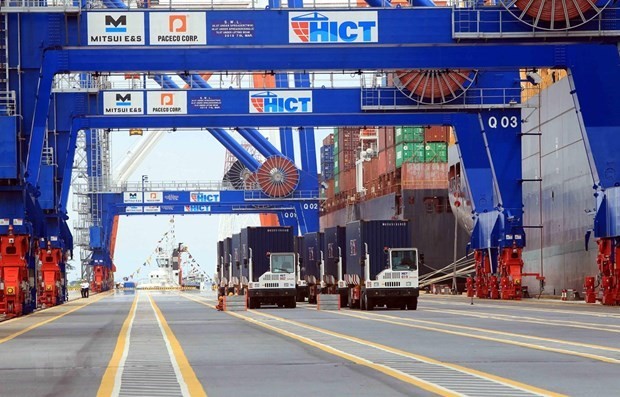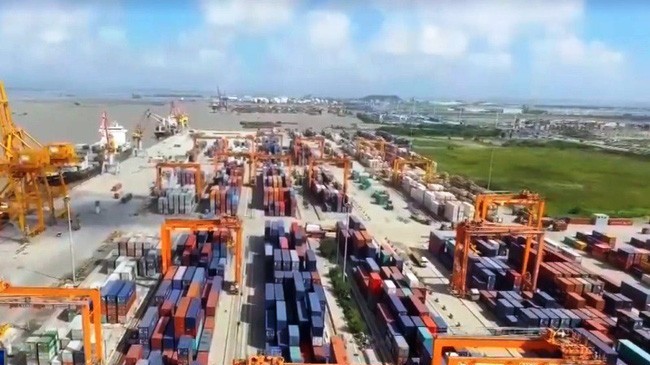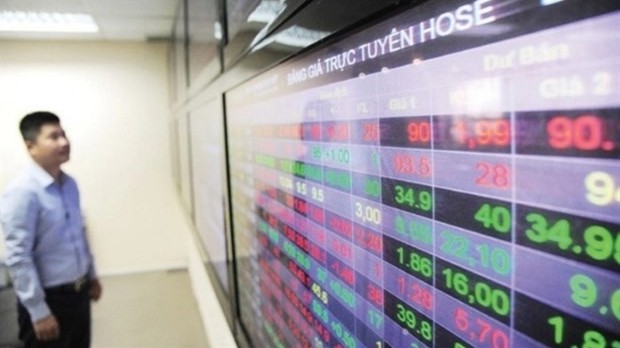
Viet Nam’s logistics market getting hot
Latest
 |
| Containers of goods are loaded at Hai Phong Port in northern Viet Nam. (Photo: VNA) |
China’s Alibaba made a new stride to raise its logistics market share in the country when the Cainiao P.A.T Logistics Park of its affiliate Cainiao Network will officially become operational in Ben Luc district of the Mekong Delta province of Long An in the second quarter of this year.
Covering 110,000 sq.m., this park is situated at the intersection of Nguyen Huu Tri Road, National Highway 1A, and Ho Chi Minh City - Trung Luong Expressway. This strategic location directly leads to HCM City, an economic and financial hub of Viet Nam, and the Mekong Delta, which produces 20 percent of the country’s total agricultural output.
Cainiao Network said its target customers are small- and medium-sized enterprises, which are accounting for 97 percent of the roughly 800,000 businesses in Viet Nam.
The firm added it will develop its second logistics chain in southern Dong Nai province, noting that this smart logistics centre will cover 168,000s q.m. and lease about 90,000 sq.m. of the area to businesses amid disrupted supply chains.
In the first two months of 2022, many large logistics projects were invested into Viet Nam.
Among them, the Singapore-based SEA Logistic Partners (SLP) kicked off construction of the SLP Park Xuyen A project at the Xuyen A Industrial Park in Long An province in late February. This project, with total area of over 61,000 sq.m., is set to supply Grade-A warehouses.
Through the joint venture with the logistics real estate firm GLP, SLP has had six projects licensed in Viet Nam so far and is planning to continue boosting investment in this sector in the time ahead.
In January, Singapore’s Emergent Vietnam Logistics Development Pte. Ltd announced a 35 million USD project on logistics services, including cold storage warehouses to meet growing demand of enterprises in the country.
Savills Vietnam said booming e-commerce, optimistic economic growth, and growing domestic production and consumption have been generating true opportunities for the logistics sector, especially when those operating in e-commerce need more storage space than traditional retailers. Therefore, with more modern logistics centres and more effective management solutions, the economy will be able to address the weaknesses in supply chain, warehousing, sorting, preservation, and processing.
The logistics market in Viet Nam is predicted to grow strongly, by 14-16 percent annually to about 40-42 billion USD.
The influx of foreign investment in logistics is causing huge competition pressure on domestic firms since foreign businesses hold capital and technological advantages.
The Vietnam Logistics Business Association (VLA) pointed out that the market is currently dominated by foreign firms while local ones are small, lack experience, and yet connected with links in supply chains or with exporters and importers.
Given this, VLA proposed the Government step up developing national expressways, adapt the Commercial Law to the current logistics situation, and create support policies for Vietnamese logistics businesses.
























